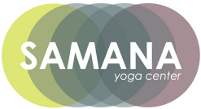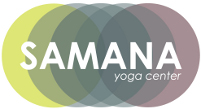Yin Yoga
Yin Yoga
In Yin Yoga we do most of the poses seated or whilst lying down and we generally target the connective tissues of the hips, pelvis, and lower spine. It is suitable for almost all levels of students and we mainly focus on regaining flexibility.
Why yin or yang?
We have yin and yang tissues in our body and they respond quite differently to exercise. Yang tissue is exercised by rhythmically contracting and lengthening a muscle and creating internal heat through movement. The muscles need to be trained this way in order to serve as shock breakers. Yin tissue is exercised in a slow and almost static way since it can’t take sudden movements. If we were to target yin tissue in a yang way, it will get damaged. Therefore we move slowly into and out of the pose to increase its flexibility.
How? You come into a pose and then you stay in the pose for several minutes. You only gently move from time to time to adjust to what is happening in the body to either increase or diminish the sensations. This way you target the connective tissues, such as joints, ligaments, tendons, bones and cartilage. You mainly target the yin tissue by bringing the bones away from each other to create a stretch or by purposely bringing the bones together to create compression to strengthen the bone.
Although we move slowly, Yin yoga is not completely static. It is only much more passive and meditative than most yang styles of yoga and it does complement the more active yoga classes perfectly well. The Yin yoga practice can however be quite challenging due to the long duration of the poses and this is something that becomes easier the more often you practice. It is also important to keep on practicing to maintain the regained flexibility and to find a good balance in between the yin and yang styles of yoga to keep your body healthy and strong.
Source: text based on the text taken from: http://www.yinyoga.com/ys1_0.0_what_is_yin.php






 Samana Yoga Center
Samana Yoga Center